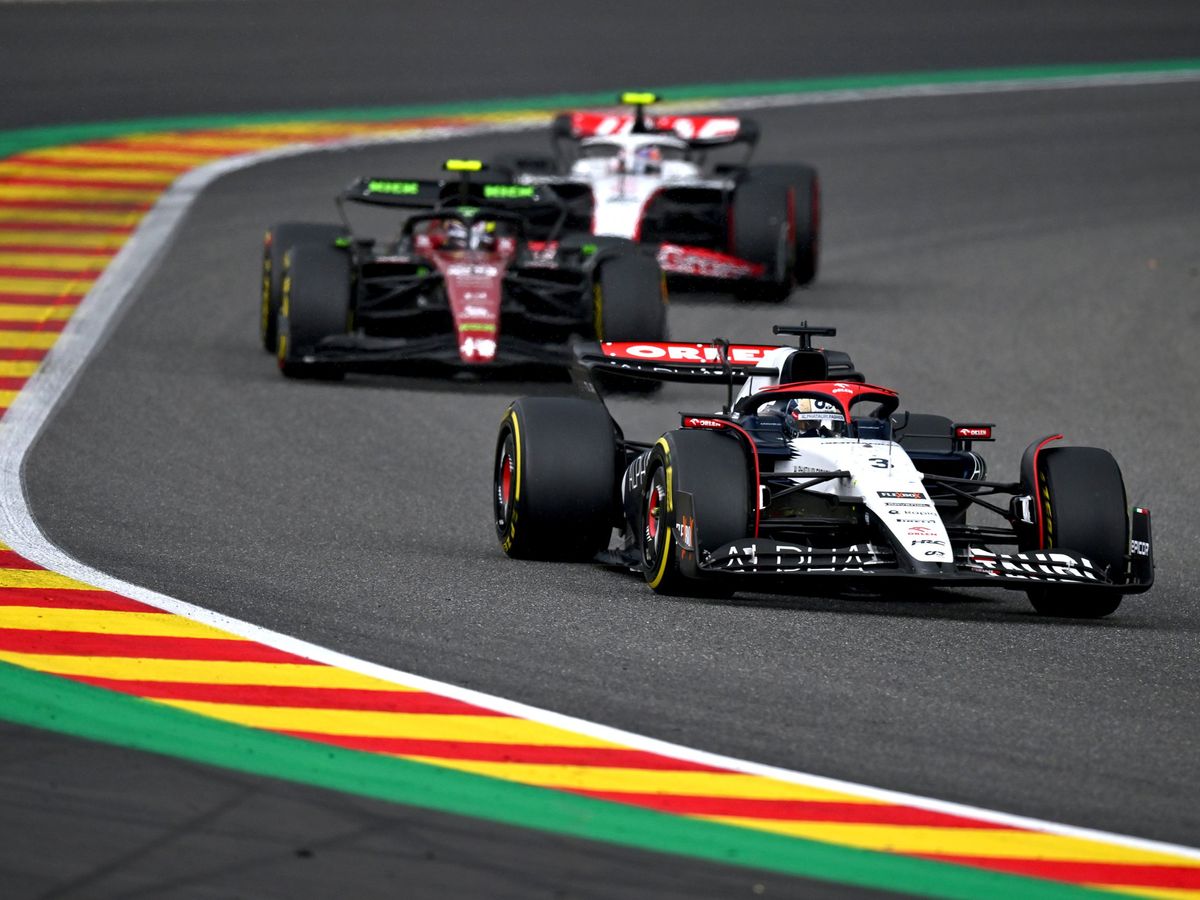This article is part of our exclusive IEEE Journal Watch series in partnership with IEEE Xplore.
In Formula One (F1) racing, the winning team needs to salvage every second they can in order to be the first car over the finish line. And while it’s up to drivers to make the best possible split decisions when it comes to turns and shifting gears, it’s up to the engineers to optimize the vehicle itself.
In a study published in the July issue of IEEE Transactions on Vehicular Technology, a team of engineers have proposed a new controller for F1 racing cars that analyzes maneuvers by drivers during a race, and helps to optimize the engine during future laps accordingly.
“The estimator would ‘guess’ the future behavior of the driver and provide the controller with future power requests.”
—Marc Neumann, ETH Zurich
One factor that makes F1 engine optimization extra challenging is the fact that the Fédération Internationale de l’Automobile has mandated since 2014 that all cars have a hybrid electric-combustion engine. In this case, the vehicle has a downsized six-cylinder internal combustion engine that is supported by an electric turbocharger and a motor-generator unit for heat (MGU-H). This latter component helps recover energy from heat sources, such as the exhaust gases, and feeds the energy back into the vehicle’s system. A second electric motor is mounted on the crankshaft of the engine, which provides extra torque when accelerating and recovers kinetic energy when the vehicle is braking.
“The current generation of F1 cars are highly complex systems,” explains Marc Neumann, Ph.D. candidate at the Institute for Dynamic Systems and Control at ETH Zurich. “The challenge about designing controllers for these vehicles lies in the interaction between the thermal and the electrical components of the power unit.”
Therefore, his team sought to create a controller that optimizes the coordination between the combustion and electrical aspects of the hybrid vehicle. Importantly, they took their design one step further by allowing it to account for the driver’s behavior.
The fact of the matter is that even the best of drivers may be shifting gears several milliseconds before or after the optimal time. In these instances, some excess kinetic energy in the system may not be optimized and recovered by the vehicle’s system.
The controller by Neumann and his colleagues takes note of these discrepancies in driver behavior in real time and adjusts the interactions between the electrical and thermal components of the hybrid engine accordingly during future laps. Whereas conventional controllers are typically preprogrammed, theirs is adaptive.
“We had to implement an estimator that would estimate future trajectories. In particular, the estimator would ‘guess’ the future behavior of the driver and provide the controller with future power requests,” explains Neumann.
Due to confidentiality reasons, the researchers cannot disclose which F1 competitor they work for, or share results comparing their controller to others. However, in their study they set up a simulation model to compare their controller against the optimal scenario where all conditions are perfect.
Through these simulations, the researchers show that their tech could help a race car complete a lap around the track between just 49 ms and 64 ms less than the optimal theoretical situation (where the driver does every single action perfectly), which they deem acceptable. “Further, we showed that most of this suboptimality is due to the energy management component–or how fast energy deviations need to be removed–suggesting that [additional] tuning [of our model could] further decrease suboptimality,” explains Neumann.
Next, Neumann says his team plans to continue to explore ways of optimizing F1 racing cars, but in a more “global” approach that considers both hardware as well as software decisions that can influence the overall behavior of the vehicle.
Michelle Hampson is a freelance writer based in Halifax. She frequently contributes to Spectrum's Journal Watch coverage, which highlights newsworthy studies published in IEEE journals.



